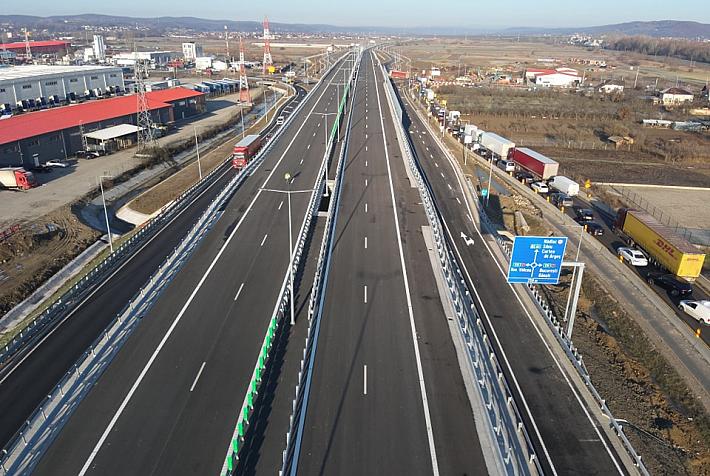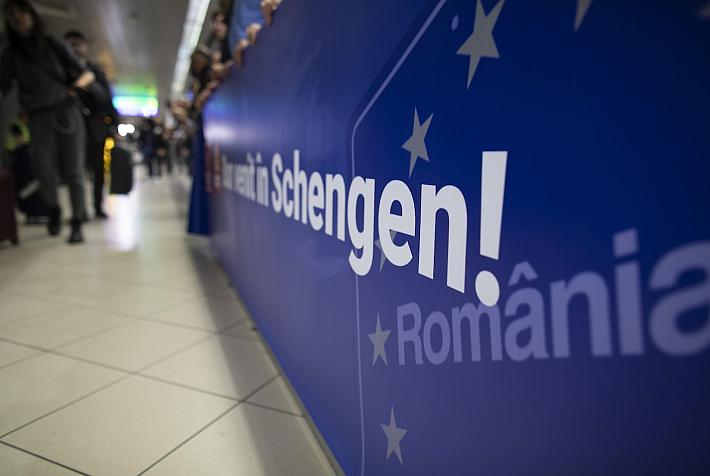World Bank: Romania affected by perpetual Roma exclusion; lack of education, skills, and poor health hamper development

Roma exclusion has been perpetuated over generations in Romania, and inadequate education, lack of skills, and poor health hamper the Roma population’s access to earning opportunities, according to a recent World Bank report.
Called The Diagnostics and Policy Advice for Supporting Roma Inclusion in Romania and headlined Achieving Roma Inclusion in Romania: What Does It Take?, the report examines the social and economic barriers most Roma in Romania face throughout their entire lives.
There are insufficient resources to support the Roma children’s continued education and secure living conditions conducive to good health, which is why a life-cycle approach to devise policy interventions is important to break the intergenerational cycle of Roma exclusion, according to World Bank specialists.
“When a Roma girl is born in Romania, she is three times more likely to be born into poverty. This child faces a higher chance to suffer from early malnutrition or diseases that jeopardize her healthy development in the crucial first years of life,” said Elisabeth Huybens, World Bank Sector Manager for Social Development.
She went on: “That same girl is more likely to grow up in an overcrowded dwelling. She can expect to miss out on crucial preschool education and to drop out from school before age 16. She will face a one in five chances to succeed in finding employment through adulthood, and by age 55 she has a 60 percent chance of reporting a long-standing illness or health problem.”
World Bank argues that adequate development for Roma children in the first 1,000 days of life, better access to quality of education, investments in skills development for Roma out of the education system, improving living conditions, and combating negative stereotypes will provide equal opportunities for the next generation of Roma and will boost the wellbeing of their families.
The report recommends investments in programs in maternal and child nutrition, health, and pre-school education, skills development through quality basic education, and measures to facilitate insertion in the labor market.
It also asks for improvements in the housing conditions and ensuring access to basic infrastructure, saying these would improve Roma families’ welfare and create the appropriate environment for childhood development.
“We all need to support the Roma population to fully participate in Romania’s development and further convergence to the EU.” said Elisabetta Capannelli, World Bank Country Manager for Romania.
“Recent estimates show that there are between 1,200,000 and 2,500,000 Roma in Romania.The Roma are poor, vulnerable and socially excluded, and this is severely limiting their opportunities to contribute to the country’s economic growth.”
The World Bank study was prepared at the request of the Ministry of Labour, Social Protection, and the Elderly and financed through EU structural funds, in order to assist the Government of Romania develop national policies and identify cost-effective programs for the integration of Roma.
It provides diagnostics and policy options related to poverty, social safety nets, employment, education, housing, health, combating discrimination, local service delivery, and options to better use of European Union financial instruments.
The full report is here (in English, in pdf version).
editor@romania-insider.com












